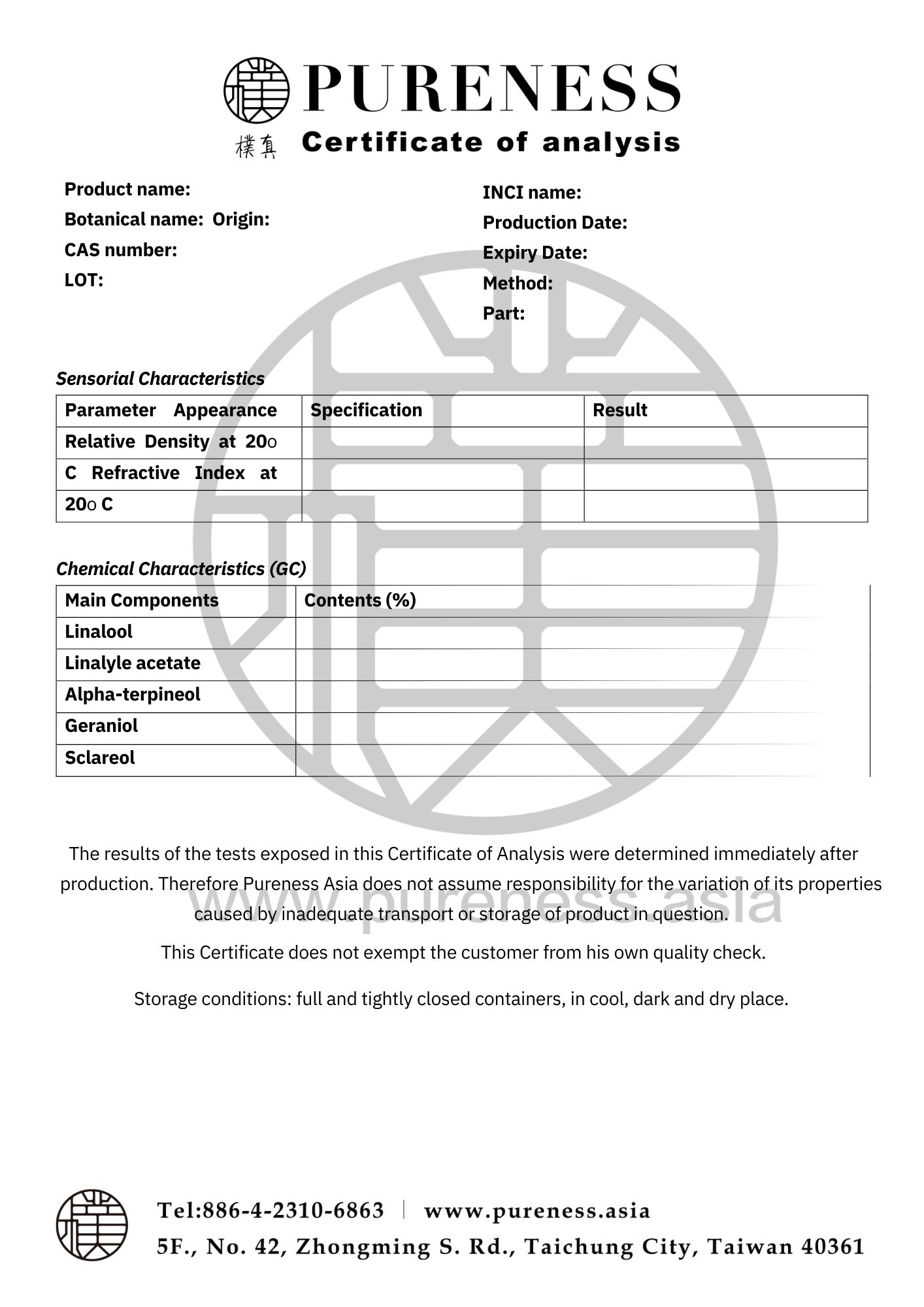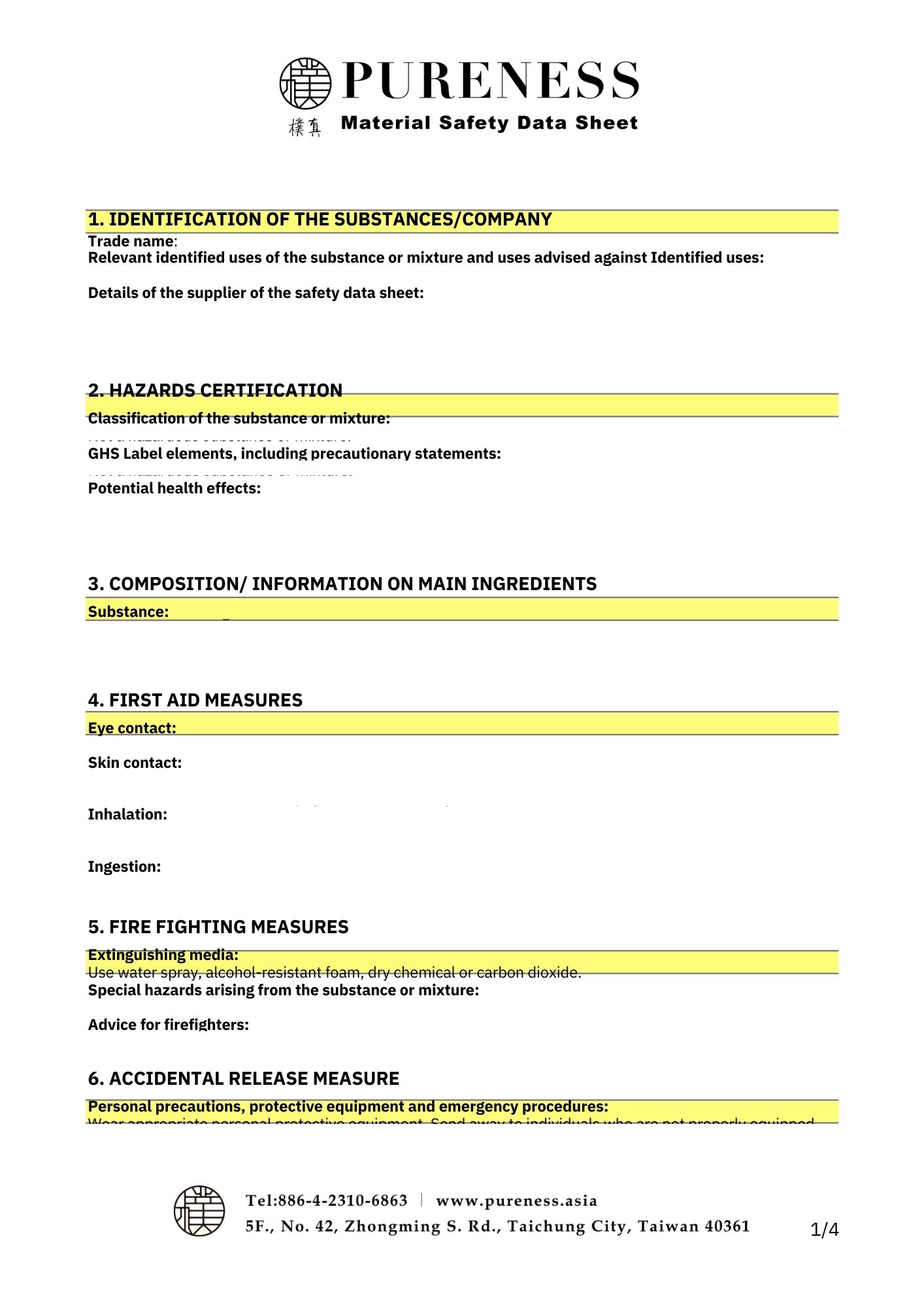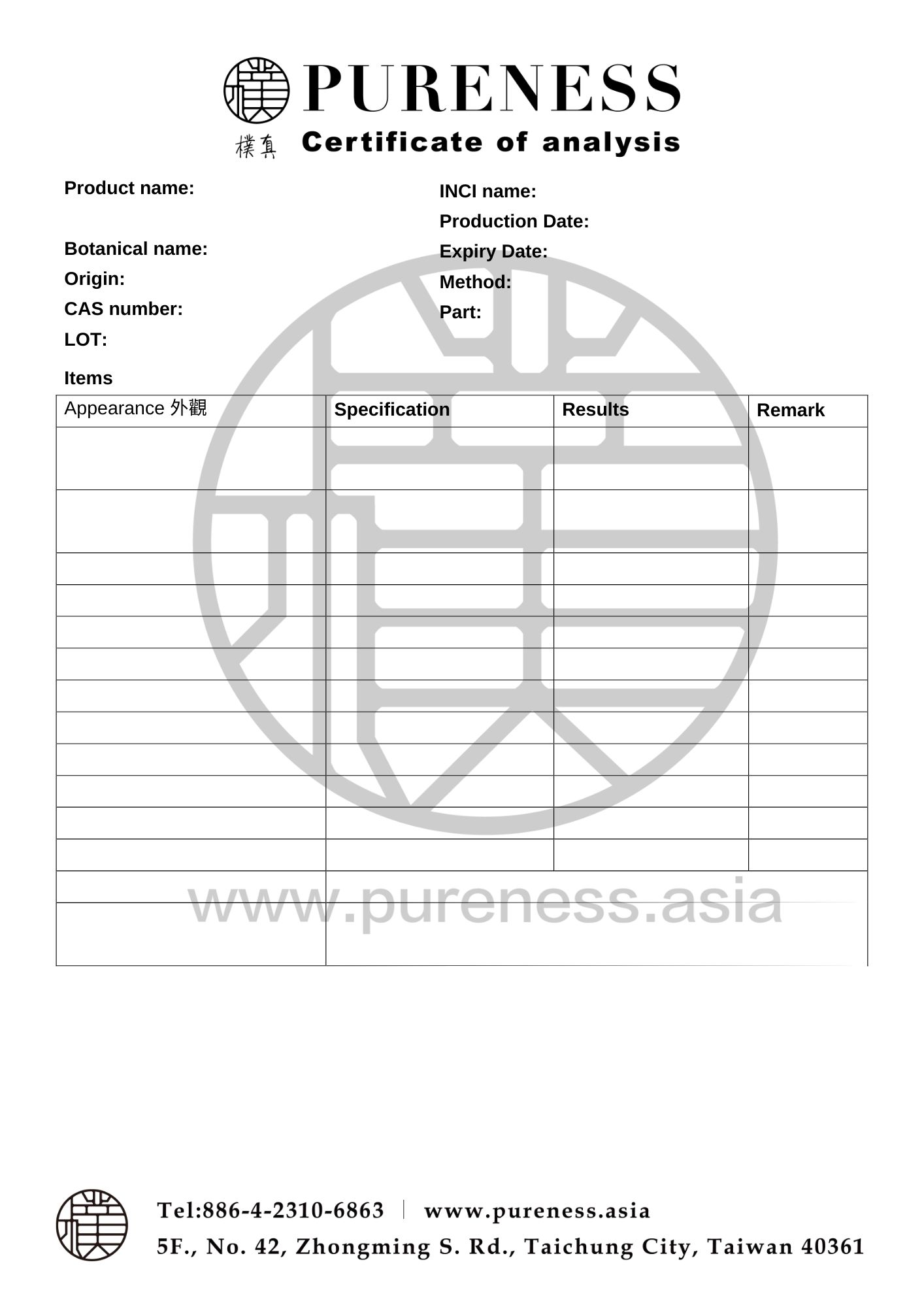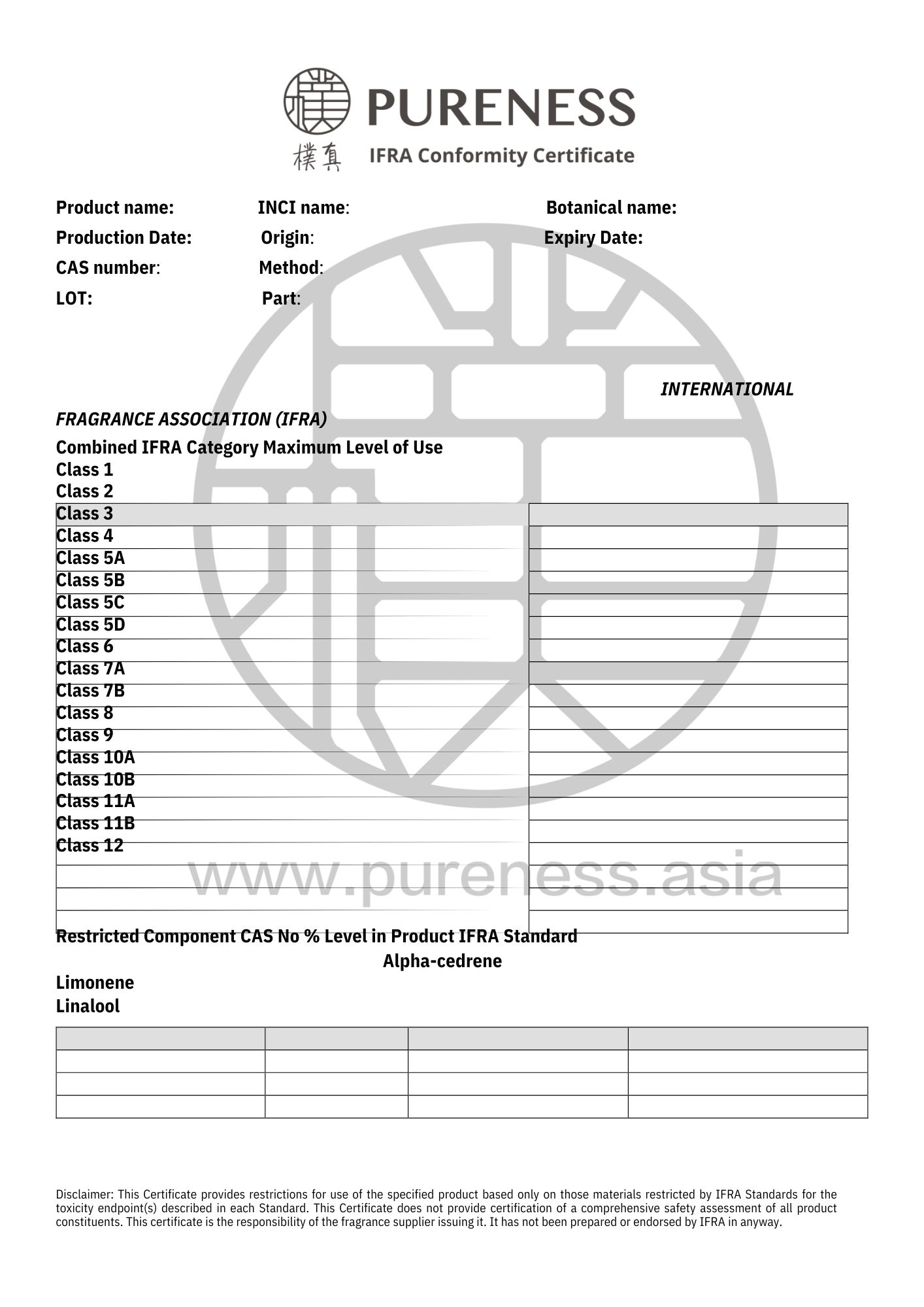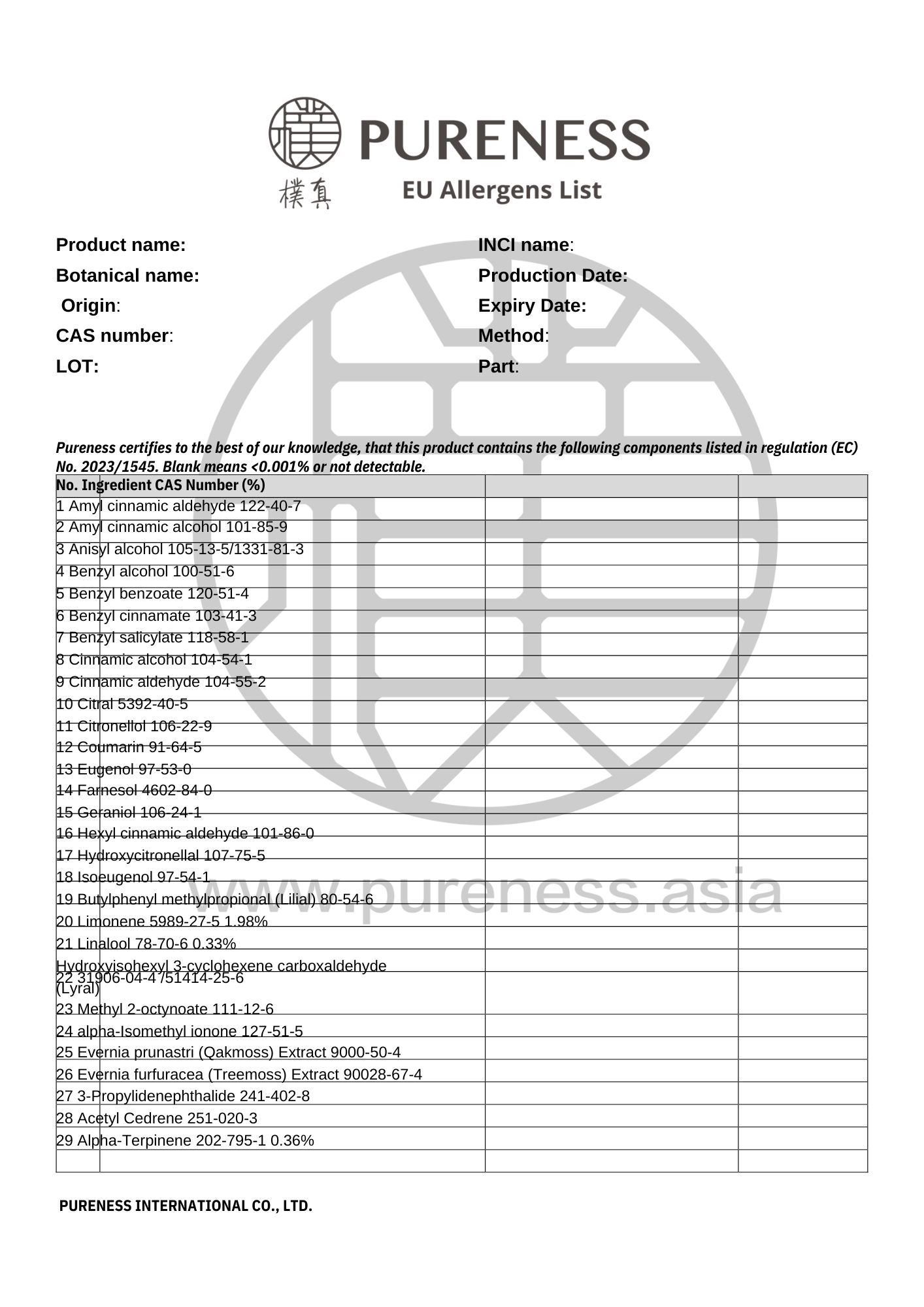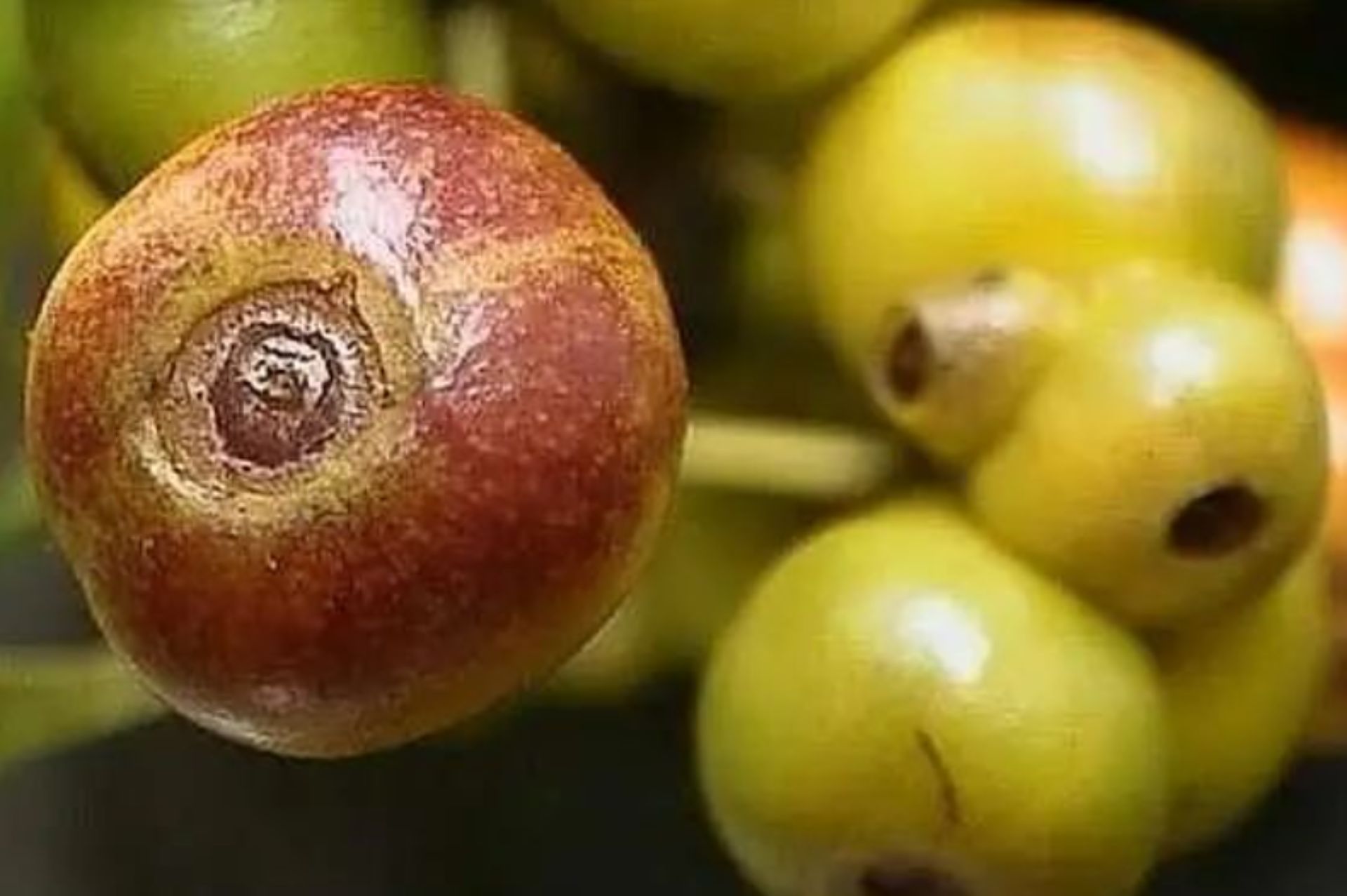
Sugandha kokila
Scientific name|Cinnamomum cecidodaphne
Origin|India
Classification|Fruit series
Specifications|500g-25kg Please contact sales for details
Extraction part|Fruit
Extraction method | Distillation
Plant family|Lauraceae
Aroma|Spicy and a subtle camphor undertone
▎Essential Oil Introduction
Sugandha, also known as Sugandha Kokila, is a plant whose name means "like the fragrance of walking into a forest in spring, as announced by the cuckoo bird." It has a complex aroma, full of spicy, fruity, and exotic sensual notes, which can evoke a sense of hope and renewal. This plant belongs to the Lauraceae family and is native to northeastern India, particularly in the renowned Assam region, as well as in central and western Nepal. It thrives in fertile, moist soil and is a unique plant of the Himalayan region, producing a rare essential oil. Locally, the Sherpa people call it "Gondsoroi."
Nepalis also enjoy adding this essential oil to various body care products, or using it to make incense or scented powders, making it a signature scent of Nepal. Sugandha is known to contain over 140 different chemical components, which can help soothe emotions and the mind, clearing mental blockages and providing a sense of support and care. In recent years, it has been widely used in Europe for pre- and post-sport massage therapy. It pairs well with fresh essential oils like grapefruit, tea tree, eucalyptus, lavender, lemon, rose, and rosemary.
▎Component Analysis
|Main component: Phenyl ester, oxides
The main components include methyl cinnamate, 1,8-cineole, β-caryophyllene, α-terpineol, lauric acid, linalool, myristicin, phellandrene, camphor, and other trace elements.
Methyl cinnamate, also known as β-phenylpropionic acid methyl ester, has a cocoa-like aroma and is produced through the esterification of methanol and cinnamic acid. It is primarily used in the chemical and food industries as a common fixative or flavoring agent.
|Research Validation

▸ There are relevant research reports on the ingredient Methyl cinnamate.

▸ Methyl cinnamate has been studied for its adipogenic activity.
|Raw Material Certifications
To obtain relevant certification information, please contact us on WhatsApp.
▎References
- Guo D, Wu S, Fu X, Pan H.De Novo Biosynthesis of Methyl Cinnamate in Engineered Escherichia coli. J Agric Food Chem. 2022 Jun 29;70(25):7736-7741.
- Morsy NFS, et al. Extraction of essential oil from methyl cinnamate basil (Ocimum canum Sims) with high yield in a short time using enzyme pretreatment. J Food Sci Technol. 2021. Jul;58(7):2599-2659.
- Zhang C, et al. Biosynthesis of methyl (E)-cinnamate in the liverwort Conocephalum salebrosum and evolution of cinnamic acid methyltransferase. Phytochemistry. 2019. Aug;164:50-59.
- Gui Y, et al. Methyl cinnamate alleviated CCI-induced upregualtion of spinal AMPA receptors and pain hypersensitivity by targeting AMPK. Eur J Pharmacol. 2018. Aug 15;833:183-189.
- Zhu R, et al. Cinnamaldehyde in diabetes: A review of pharmacology, pharmacokinetics and safety. Pharmacol Res. 2017. Aug;122:78-89.
- Chen YY, et al. Methyl cinnamate inhibits adipocyte differentiation via activation of the CaMKK2-AMPK pathway in 3T3-L1 preadipocytes. J Agric Food Chem. 2012. Feb 1;60(4):955-63.
- Fujiwara GM, et al. Evaluation of larvicidal activity and ecotoxicity of linalool, methyl cinnamate and methyl cinnamate/linalool in combination against Aedes aegypti. Ecotoxicol Environ Saf. 2017.241394.
- Bhatia SP, et al. Fragrance material review on methyl cinnamate. Food Chem Toxicol. 2007;45 Suppl 1:S113-9.
- https://aromaosun.pixnet.net/blog/post/69456696-%E3%80%90%E9%AB%98%E6%B7%B1%E8%8E%AB%E6%B8%AC%E2 %80%94%E8%98%87%E5%89%9B%E9%81%94%E3%80%91
|Some images sourced from the internet. Contact for copyright removal|
